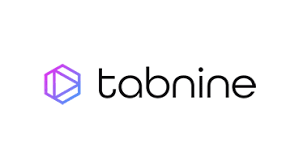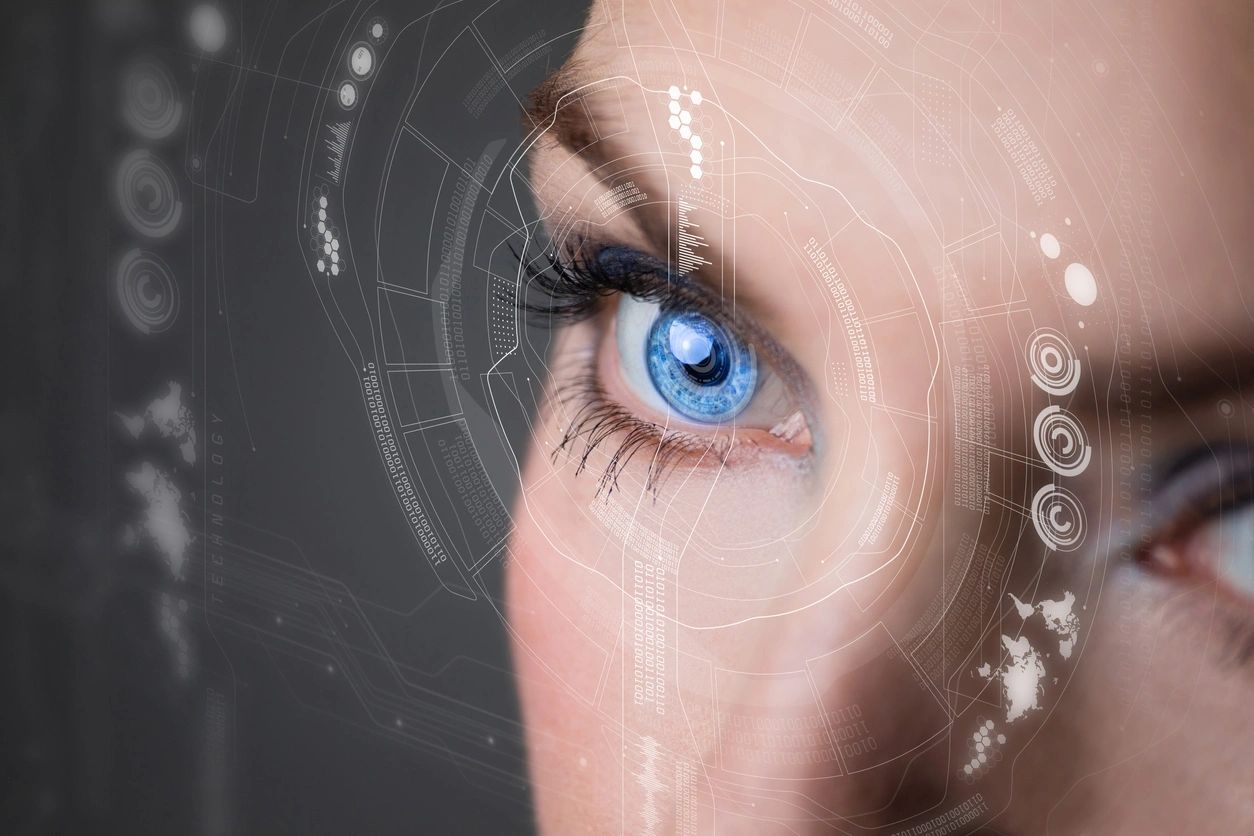Imagine stepping up to a ping-pong table, paddle in hand, ready to face off against an opponent. But instead of a human challenger, you’re facing a sleek, AI-powered robot, developed by the cutting-edge minds at Google DeepMind. This isn’t science fiction—it’s the reality of a groundbreaking project where artificial intelligence and robotics meet sports.
The Making of a Ping-Pong Prodigy
DeepMind’s latest achievement is an AI-driven robot that can play table tennis at a competitive amateur level. This is no small feat. Table tennis requires incredible hand-eye coordination, split-second decision-making, and precise movements—all of which are notoriously difficult for machines to master. But DeepMind’s robot, equipped with advanced technology and sophisticated AI, has cracked the code.
At the heart of this robotic athlete is an IRB 1100 robotic arm, mounted on two linear gantries that allow it to move with remarkable agility across and toward the table. This setup gives the robot a wide range of motion, enabling it to reach almost any area of the table and strike the ball with a paddle, just like a human would.
Seeing the Game Through AI Eyes
To play table tennis effectively, the robot needs to “see” the game as it unfolds. DeepMind’s team equipped the robot with high-speed cameras that capture images at an impressive 125 frames per second. These cameras feed real-time data to a neural network-based perception system, which tracks the ball’s position with pinpoint accuracy. This system allows the robot to anticipate the ball’s trajectory and react almost instantly, mimicking the quick reflexes of a human player.
How the AI Thinks
The AI that controls the robot operates on a sophisticated two-tiered system. The first tier consists of Low-Level Controllers (LLCs), which are specialized neural networks trained to perform specific table tennis skills, such as executing a forehand topspin shot or targeting a backhand. Each LLC is fine-tuned to excel at a particular aspect of the game, ensuring that the robot can handle a wide variety of shots with precision.
The second tier is the High-Level Controller (HLC), which acts as the strategic mastermind of the system. The HLC decides which LLC to activate based on the current game state, the opponent’s playing style, and the robot’s own capabilities. This strategic layer allows the robot to combine the precise execution of individual shots with higher-level game strategy, closely resembling the way a human player approaches the game.
Bridging the Gap Between Simulation and Reality
One of the biggest challenges in robotics is transferring skills learned in simulated environments to the real world. DeepMind tackled this problem head-on, employing several innovative techniques to ensure their robot could perform just as well in reality as it did in simulations.
They used advanced physics engines to model the complex dynamics of table tennis, such as ball spin, air resistance, and paddle-ball interactions, creating a highly realistic simulation environment. Through domain randomization, the AI was exposed to a wide range of simulated conditions during training, helping it to generalize and adapt to the variations it might encounter in the real world.
Additionally, the team developed sim-to-real adaptation techniques, including a novel “spin correction” method, to fine-tune the robot’s skills for real-world performance. The robot’s learning was continuously improved through iterative data collection from real-world gameplay, creating a feedback loop that enhanced its abilities over time.
Real-World Performance
To evaluate the robot’s capabilities, DeepMind conducted an extensive study with 59 volunteer players, ranging from beginners to advanced+ players. After assessing their skills, the team selected 29 participants for competitive matches against the robot. The results were impressive: the robot won 45% of its matches overall, including a 100% win rate against beginner players. It also managed to win 55% of its matches against intermediate players, though it struggled against more advanced opponents, losing all matches to them.
One area where the robot showed vulnerability was in handling underspin, a common technique used by more experienced players to throw off their opponents. Despite this weakness, the robot’s performance was a testament to the remarkable progress DeepMind has made in the field of AI-driven robotics.
The Future of AI in Sports
This table tennis robot is just one example of how AI and robotics are pushing the boundaries of what machines can do. DeepMind has been at the forefront of this revolution, previously developing AI soccer robots and making significant advancements in robot vision and dexterity.
As these technologies continue to advance, robots will soon become regular competitors in sports historically dominated by humans. Maybe soon, you will be able to play table tennis against a robot at your neighbourhood recreation center. Just be ready for an extremely competitive match!
See also: Tabnine AI: The Coding Assistant


















